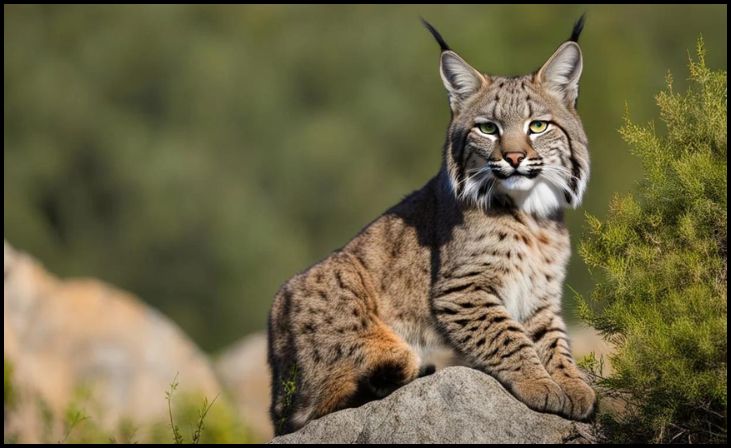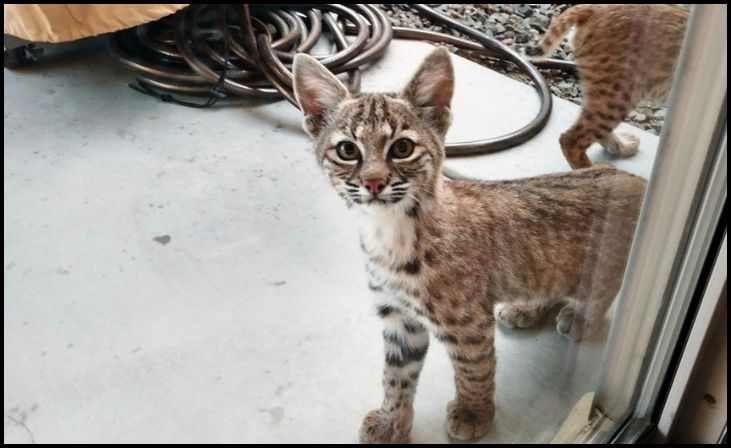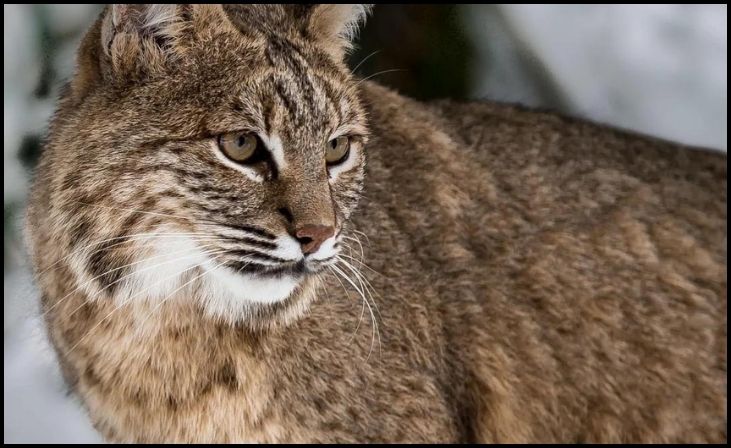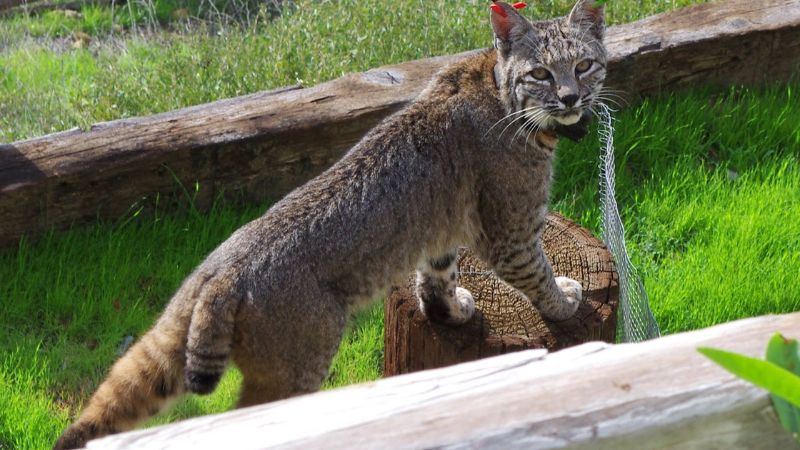Bobcats, known for their elusive nature and adaptability, can be found in various regions across the United States. Here are the top seven most likely locations to spot these fascinating wild cats.
Southern California

Southern California offers diverse landscapes where bobcats can thrive. Areas like Joshua Tree National Park and Angeles National Forest are prime spots for sightings. These regions provide a mix of desert and forested areas, giving bobcats ample prey and shelter. Visitors to these parks often encounter bobcats during early morning or late evening hikes, when these animals are most active.
Texas Hill Country
The rugged terrain and abundant prey in Texas Hill Country make it an ideal habitat for bobcats. State parks such as Guadalupe River State Park and Enchanted Rock State Natural Area are known for frequent bobcat sightings. The region’s rolling hills, dense underbrush, and rocky outcrops provide excellent cover and hunting grounds for these solitary cats.
Florida
Florida’s dense forests and swamps create perfect environments for bobcats. The Florida Panther National Wildlife Refuge and Big Cypress National Preserve are particularly noted for their bobcat populations. These areas offer thick vegetation and plentiful small game, which bobcats rely on for food. Visitors exploring these refuges might spot bobcats stealthily moving through the underbrush or basking in the sun.
Arizona

Arizona’s diverse habitats, ranging from deserts to mountains, are home to a healthy population of bobcats. Locations like Saguaro National Park and Tonto National Forest are excellent places to encounter these animals. The state’s varied terrain provides both cover and prey for bobcats, making sightings more common. Early morning or dusk are the best times to catch a glimpse of these nocturnal creatures.
Colorado
The Rocky Mountains in Colorado, particularly areas like Rocky Mountain National Park and Pike National Forest, harbor healthy bobcat populations. The dense forests and rocky outcrops of these regions provide ideal hunting and denning sites. Hikers and campers in these areas might spot bobcats as they move through their mountainous territories in search of food.
New Mexico
New Mexico’s diverse landscapes, including the Gila National Forest and Carson National Forest, offer prime habitats for bobcats. The mix of woodlands, grasslands, and desert areas supports a robust bobcat population. These regions provide the necessary cover and prey that bobcats need to thrive, making sightings more likely for those exploring these natural areas.
Maine

Maine’s extensive forests, such as those in Acadia National Park and Baxter State Park, offer ample opportunities for bobcat sightings. The state’s dense woodlands and abundant wildlife create an ideal environment for these elusive cats. Visitors to Maine’s parks might spot bobcats stealthily navigating through the forest or hear their distinctive calls echoing in the quiet wilderness.




